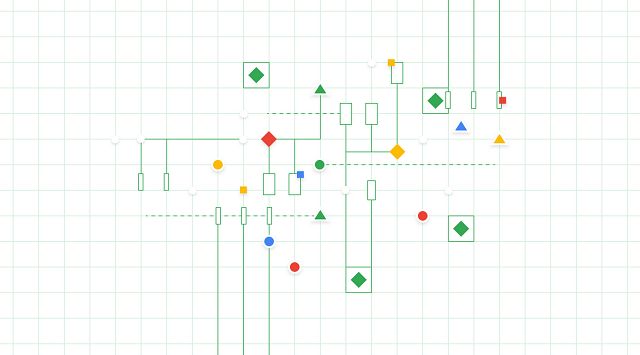Google’s Annual Developer Conference
Google I/O 2018 is an annual developer conference by Google announcing latest hardware, software together with numerous updates for prevailing services and apps. Google is said to organise a multi-day event each year to enable developer community.This is done to hasten with their latest hardware they tend to improve together with the software or update with the purpose of pushing out to products. This enables developers with the opportunity of getting their own apps, services tie-ins and integrations ready before Google launches its products. But consumers prefer to view the Google I/O show since Google has a tendency of making few announcements well-known.
Google I/O 2018 event is likely to take place on May 8 and would be concluding on May 10. The said event would take place at the Shoreline amphitheatre in Mountain View, California.
Online Puzzle
The date for Google I/O 2018 had been disclosed by Google through an online puzzle where numerous users supported The Verge in solving the puzzle by operating through room in Google Maps. This was with the intention of discovering clues and knowing the date and location of Google I/O 2018.The clues comprised of a pineapple cake in one room probably a hint at the accurate name for Android P. Since Google had always tricked around with Android names, this could be another teaser for Android fans.
Android P – Next Segment of Mobile Operating System
Probably,Android P would be showcased at the event which is the next segment of the mobile operating system of Google. The one big visual renovation of Google that has not been shown officially and which most of us are not aware of is the gesture-based navigation system which was initially disclosed in March on Alphabet Scoop podcast followed up with limited extracts of last month.Focus – Building Web/Enterprise Application/Mobile
Google would live stream its keynote and the video would be embedded whenever it is available. A raffle system has been utilised by Google and attendees randomly selected from those registered on the company’s website where the lucky winners would need to pay for the tickets. The cost would be $1,150 for general admission, $750 for community and $375 for academic. Google has closed the registration and has notified the raffle winners and no more tickets are on sale anymore. Google I/O 2018 setting technical in-depth sessions is aimed on building web, enterprise application and mobile with Google together with open sources like Chrome, Android and Chrome OS, APIs, together with Google Web Toolkit, App Engine and much more.Google has utilised the developer conference to announce fresh software products as well as tools for consumers and developers. A developer preview of Android P, being the next version of the mobile operating system of Google, is already available. It is expected that at Google I/O 2018, the company would disclose more consumer-facing features and open the Android Beta program to the general public. Though the schedule for Google I/O 2018 is out, Google’s topic intended is not known during the event. A few clues are disclosed as to what may come up between May 8 and May 10.
























